My post this week is about photographing concepts not things. As I was out and about photographing Fall color recently, I was pondering how I chose what to shoot and what inspires me, and more importantly, how I “see” the world these days. It’s from this train of thought that the simple statement of photographing concepts not things was born.
What do I mean when I say “concepts”? Quite simply a concept is whatever the primary theme is in a photograph and it’s not a “thing” like a waterfall, tree or mountain. Concepts can be color, pattern, texture, lines, shapes, emotion, environmental conditions, negative space or many other things. It involves seeing beyond a subject and creating an image around one of these themes. You may think that these are abstract images, but not so. They can be easily identifiable elements in the image, 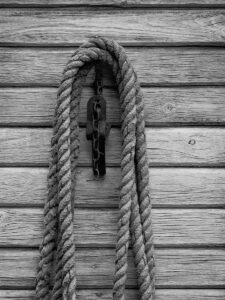 but its not about the elements themselves, it’s about something deeper. Maybe color blocking, competing textures or interesting shapes.
but its not about the elements themselves, it’s about something deeper. Maybe color blocking, competing textures or interesting shapes.
In this shot, yes it’s about a rope against a wooden wall, but the reason why I took the photograph is the strong patterns and textures. A rope is not an exciting subject! But the strong design in this image is the concept that I was really photographing. I was drawn to the contrast in patterns and the design of this and I composed the image, not to capture the thing, the rope, but to best capture the patterns and textures in the available light.
When are you looking for concepts, you can find photographs almost anywhere! You don’t need to travel to exotic locations to photograph things, you can photograph so much just in your local area if you shift your vision and look at concepts not things. You may have noticed in yourself how as you’ve become a more prolific photographer how your vision has shifted a bit, you may look at the quality of light, interesting patterns and textures, and that sort of thing in your day to day life. It’s this shift that has allowed me to see beyond objects and things and look at the world more as elements, pieces, parts, or concepts and when I see an interesting one, I can find a way to photograph it in a hopefully interesting way.
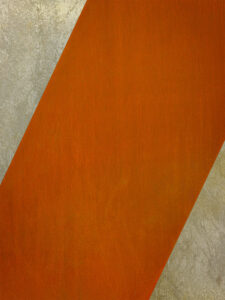
Rusty panel against concrete wall. Strong design element!

Contrast of color/texture/materials is the theme
I was looking to get out of the house and be creative in some way, but I didn’t have a lot of time. We are in an area now that is near a corporate business park and I noticed that they have some amazing plants in the landscape which I thought I might be able to get some interesting shots of, so I grabbed my camera and one lens and just took a walk. I didn’t have any preconceived notions of what types of images I wanted to shoot, I just wanted to feel the creativity come to me and shoot what caught my attention. If you are thinking in terms of great “subjects”, a corporate business park is one of the last places I would think to go. However, because I was thinking in concepts not things, I was looking for patterns, textures, colors and design elements. This allowed me to see and capture some great images in a short period of time and it really fed my creative juices!
A photograph is oftentimes more than just a subject or a thing. A good photograph, in my opinion, has a subject or a story, and it is a composition of the subject AND all the other compositional elements, all working in harmony to convey the artists vision. So, even when we are shooting “things” as a subject, it still involves more than just a subject. And, a photograph doesn’t have to have a readily identifiable subject/thing to be successful, it can be a concept that conveys feeling, meaning or just good design.
Learning to see “concepts” or “elements” in a scene also helps you to craft a composition, not just take a picture. Being able to see interesting elements that could be a focal point in a larger image and then working to position that element in the frame to add to the overall image, that’s what takes a good photograph to a great photograph. I encourage all of you to develop your vision to see concepts not things when you are out photographing, or even just going about your day to day lives. Breaking apart a scene in to its parts help you reconstruct the scene in a way that may better convey your artistic vision. And, seeing interesting concepts everywhere means that you can create great photographs just about anywhere you are!
Check out some of the images before for more examples of how I used the topic of photographing concepts not things.
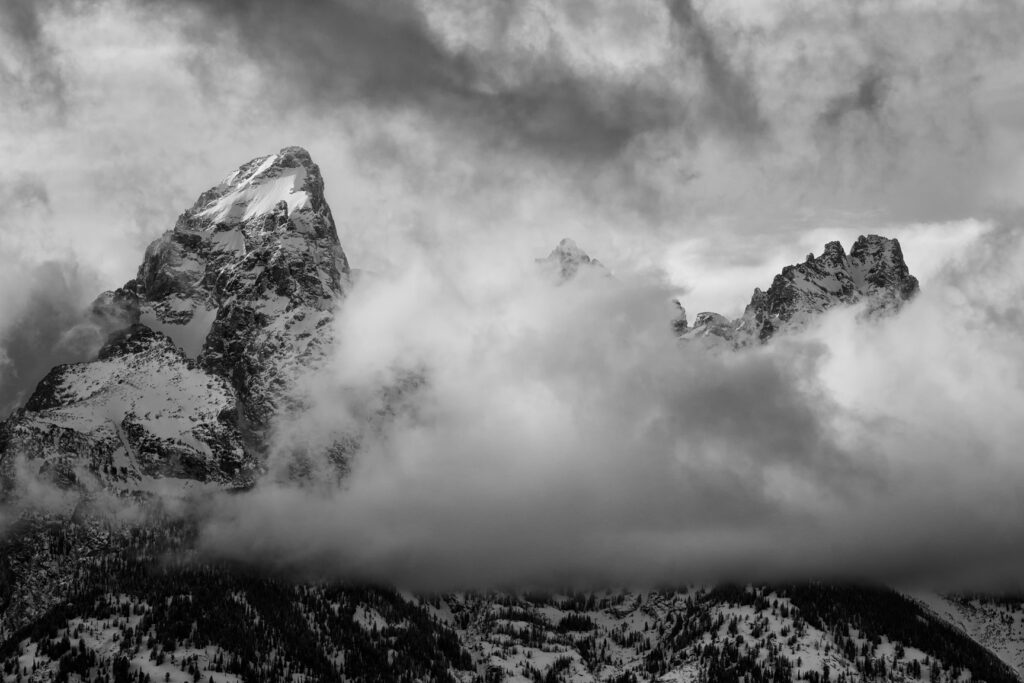
Yes this has mountains that could be called the subject, but the concept for the shot is DRAMA

The concept here is COLOR and DESIGN in how the cactus moves across the frame
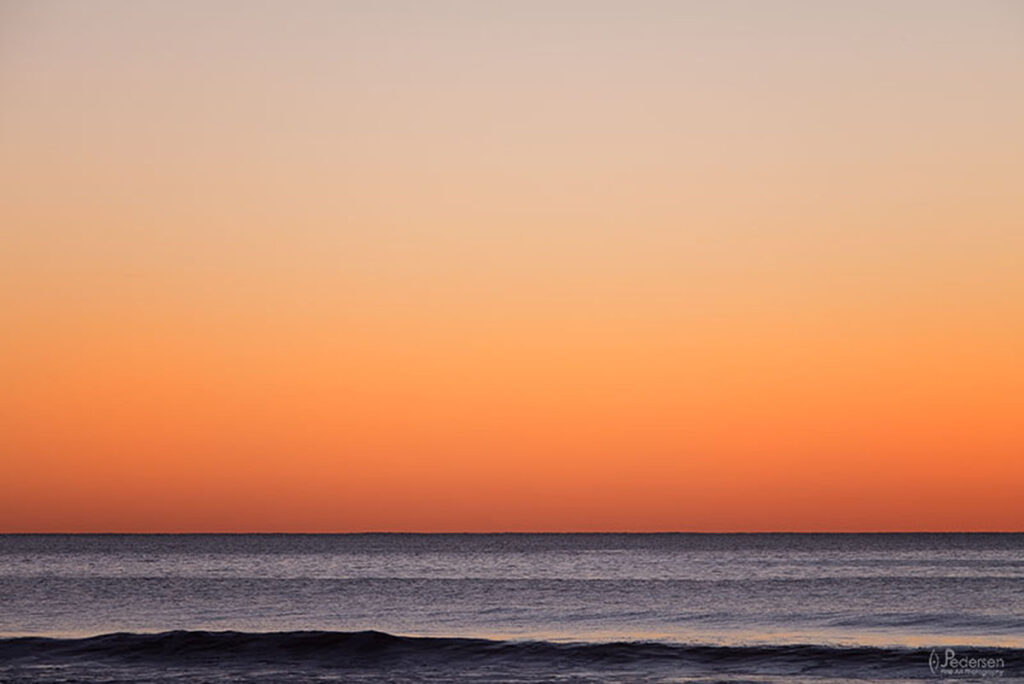
The concept here is COLOR. Yes there is ocean and sunset, but this was composed solely with color in mind.
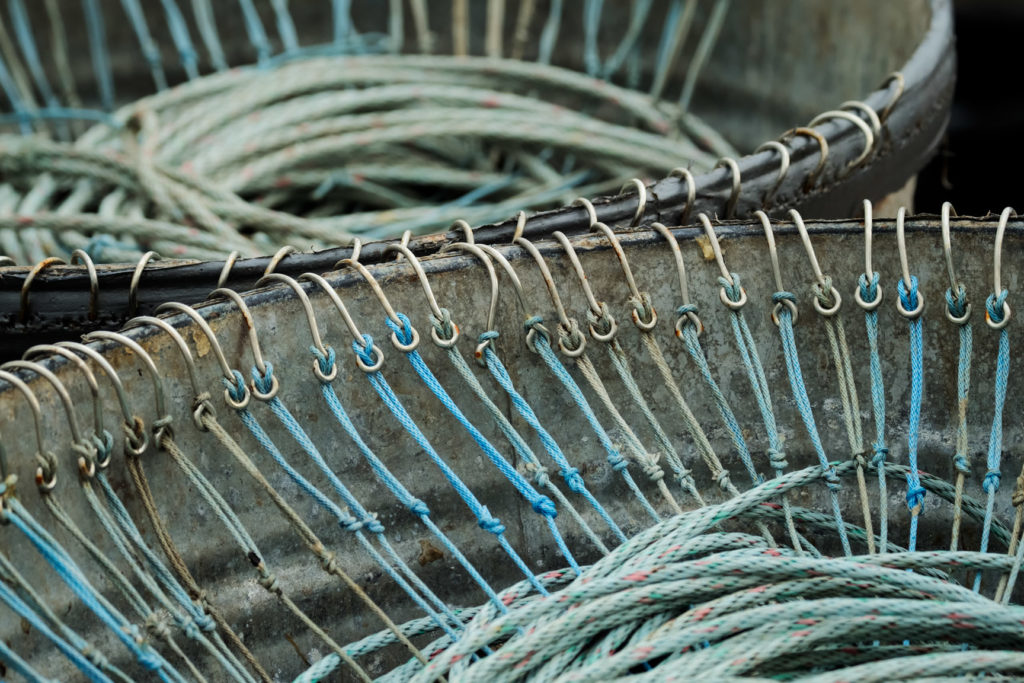
The repeating pattern is the concept, not the hooks or rope or tub. The pattern!
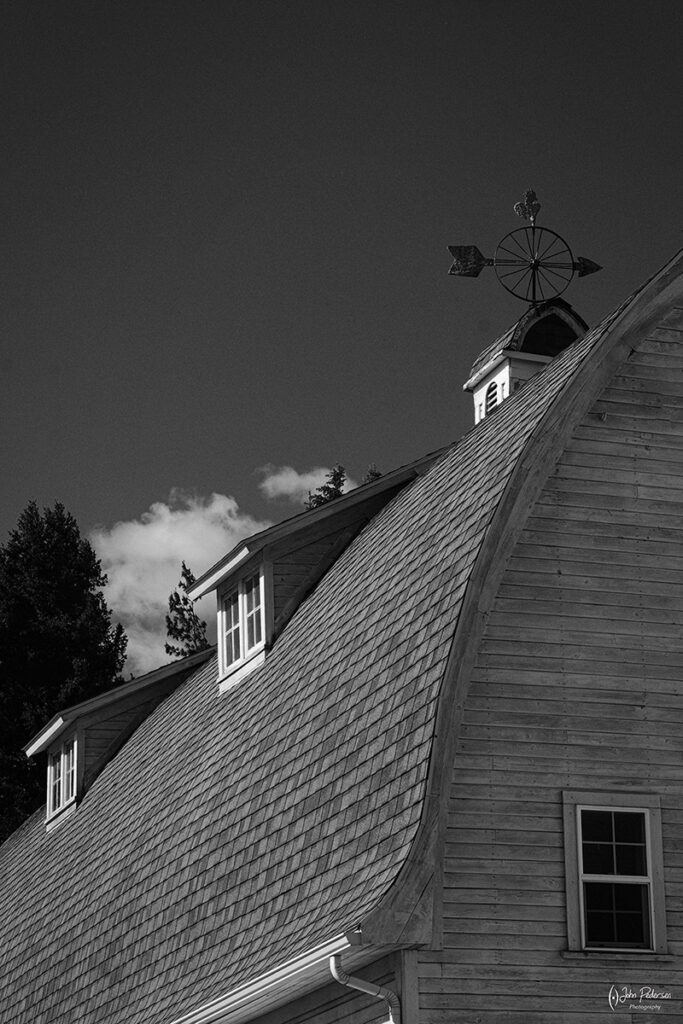
The concept here is the tonality and shape. Not the barn
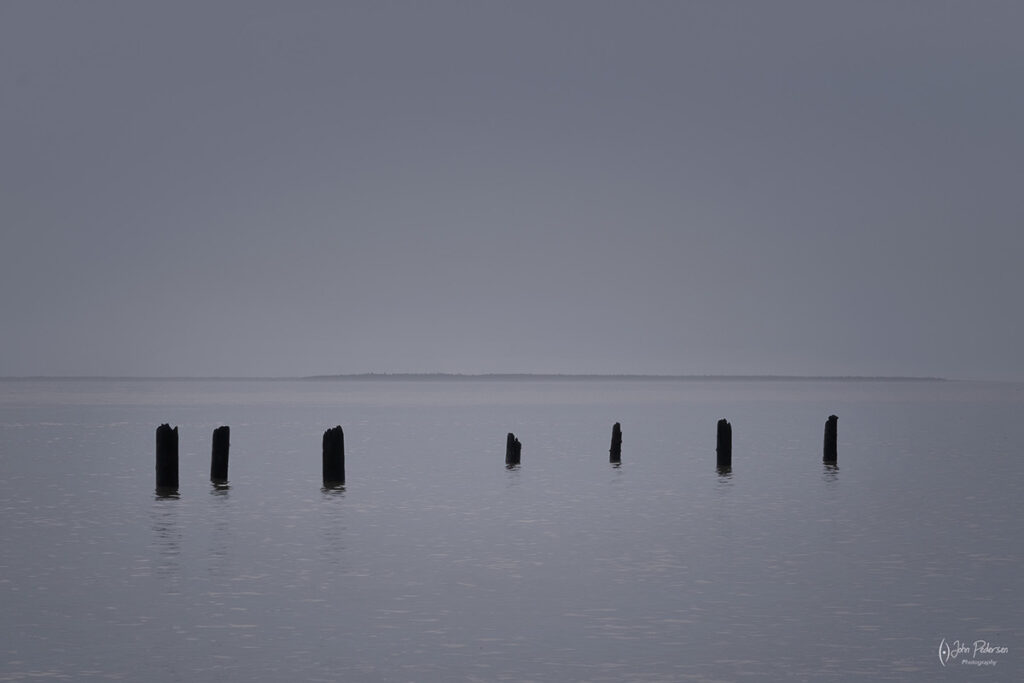
Negative space is the concept here, or perhaps monochromatic.

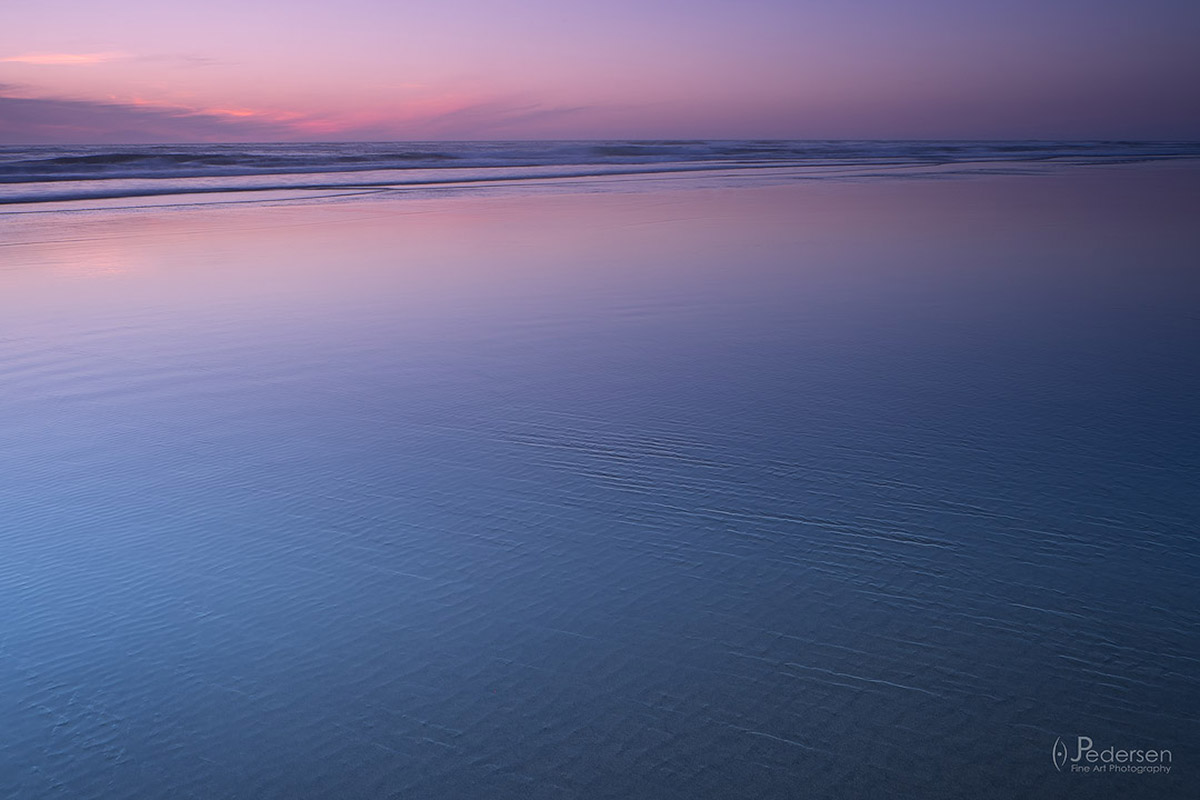
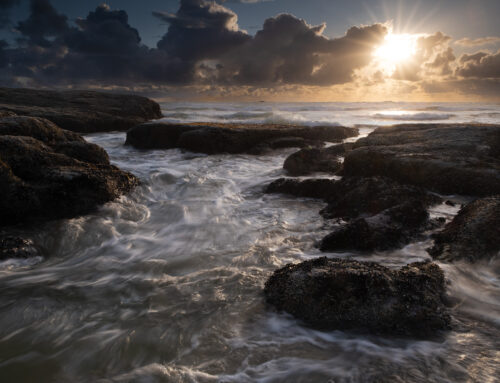
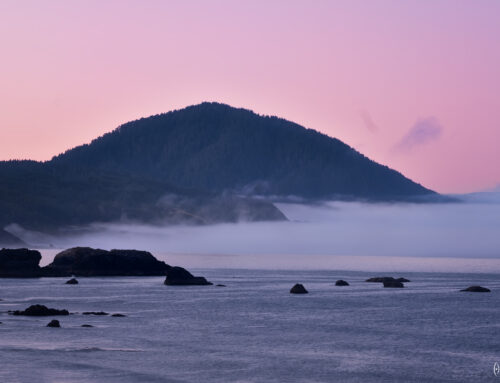
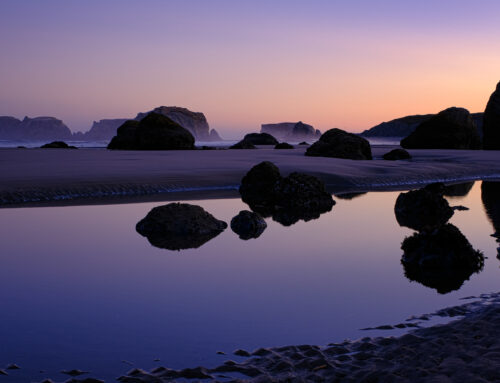
Leave A Comment